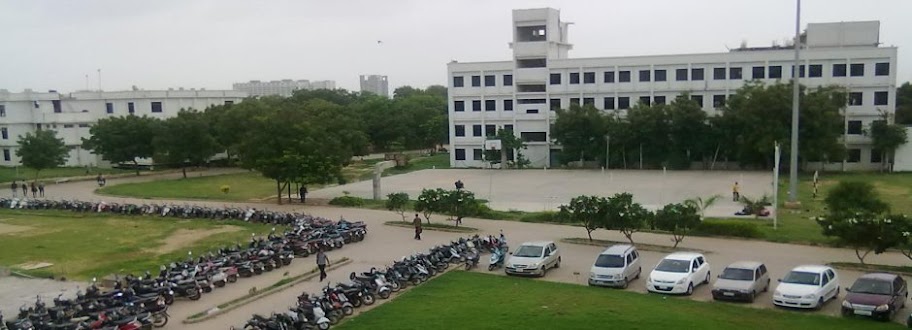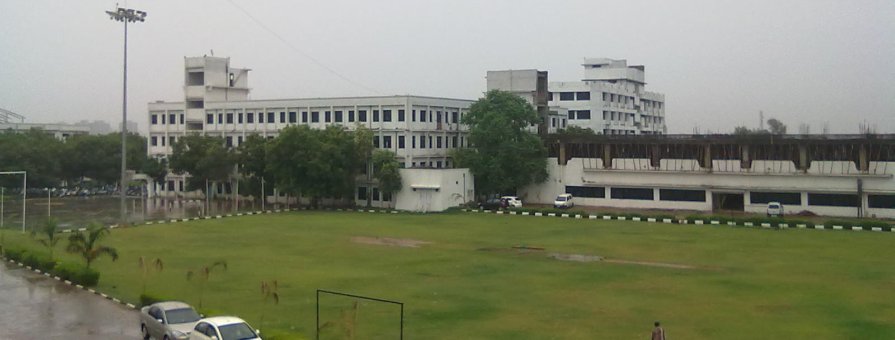****************&&&&&&&&&&&****************
Click here to download zip file for answer of Ques4, 5 etc of those 20 ques. 
****************&&&&&&&&&&&****************
Click here to download all the Revised Full Ques. Bank of all the chapters. First go for the above 20 ques. & than do this ques. bank 
****************&&&&&&&&&&&****************
Click here for DA 4 Questions which is to be asked in the class test on 16th August 2012 + The reading Material (Uploaded on 15-08-2012, 5:51pm)
Click here to download Tutorial 1
Click here to download Tutorial 1 Solution
(DA Assignment 1 Solution)
Click here to download Tutorial 2
Click here to download Tutorial 2 Solution
(DA Assignment 2 Solution )
Click here to download Tutorial 2 Solution
(DA Assignment 2 Solution )
TUTORIAL 1
(Submission Date-16/08/2012)
1. What is visual image interpretation? Explain elements of visual image interpretation.A. Visual Image Interpretation
Image interpretation process includes image reading, image measurement and image analysis.
• Image Reading: - It is the most basic form of image interpretation. Image reading is carried out by properties of the objects in the image, i.e. shape, size, pattern, tone, texture, colour, shadow etc.
• Image measurement: - As the name suggests it provides information about dimensional features such as length, location, height, density, temperature.
• Image analysis: - It is execution of information from the image through formerly obtained data through image reading and image measurement.
The information obtained through such way is then used to create more understandable map which is known as interpretation map or thematic map.
Elements of visual image interpretation
• X,Y location
• Size
• Shape
• Shadow
• Tone/colour
• Texture
• Pattern
• Height/ depth
• Site/situation/association
X, Y location: - There are two basic methods through which important information can be obtained; I) Surveying in the field and II) Collecting remote sensing data
Size: - It provides information about length, width, area, perimeter etc about the object.
Shape: - It provides information about shape of the object such as an airport can be visualized as a straight strip from the space while the football stadium will appear as the large oval shaped object.
Shadow: - shadow of the object sometimes gives more information compare to the object itself. Especially height can be obtained from the map. If the time is known than the angle made by the incident sunrays to the surface is used to find out the height. On the other hand if the height is known than the time of the image taken can be found out.
Tone: - In temporal resolution the shade differs from black to white. This depends upon the inherent characteristics of the object. The object at higher temperature will emit high amount of radiation compared to the object with the lower temperature.
Colour: - The vegetation will appear as green if EM waves in visible range are sent towards the object because the object will reflect green colour and rest is absorbed by the leaves of vegetation.
Texture: - Texture can be defined as placement and arrangement of repetitions of colour or tone in the image. Smaller individual objects can not be identified easily. In this case texture turned out to be useful feature to find out presence of smaller objects as a group.
Pattern: - As the name suggests the patterns are useful in determining specific areas which differs from others. Take an example of comparison of urban areas and areas of outskirts. Urban areas have pattern of house rows and roads in denser manner compared to the outskirts.
Height and depth: - Height and depth of objects can be found out using parallax which depends upon the displacement of the object due to change in observation point.
Site situation and association: - It depends upon the understanding and intuitive nature of the humans. Sometimes there are obvious places on the map which suggests particular site to be existed such as coal storage and cooling pond nearer to the thermal power station.
1. Explain air born and space born sensors.
2. Explain basic concepts and principles of remote sensing.
3. What do you understand by spectral signature?
4. What are atmospheric windows? Write their significance.
5. Compare active and passive remote sensing system.
6. Draw a sketch to explain how a remote sensing system works to capture data and transfer it to the user. State the specific practical application of the infra red region of the electromagnetic spectrum.
7. Define swath and explain the concept of orbital calendar.
8. Give the advantages and disadvantages of air borne sensors.
9. Give the importance of temporal resolution.
10. What are the seven elements in remote sensing?
11. Explain platforms of remote sensing.
**********************************************************************************************************************************
TUTORIAL 2
(Submission Date-16/08/2012)
1. Explain digital interpretation of true colour and false colour composite.A. The number of colours that can be represented by the monitor is known as colour resolution. As in case of radiometric resolution the numbers that can be obtained depend upon the bits of sensor. 4 bit sensor will give 24=16 different shades in black and white monitor.
Colour monitor has these bits shared between three colours equally. Therefore if 24 bit sensor is used than 8 bits are allotted for each colour and therefore 28 shade for each colour can be obtained. Suppose 6 different bands are used than obtained colours will be 6! / (6-3)! = (1.2.3.4.5.6)/ (1.2.3) = 120.
Colourful image consists of basically three main colours, i.e. blue, green and red. It’s the vastly different proportion of these colours that provides many different colours. Its major advantage is the obtained similarity of the captured image in terms of colours with the one that humans are used to see with their eye.
There are two different colour composite types that fairly explain all colourful images that are captured through remote sensing technique,
1) True colour composite
2) False Colour composite
True colour composite
As the name suggests this type of image is made up of three main different colours therefore the image is almost similar in colour to the actual vision of human eye. Such resemblance removes many complexities while understanding the features of the image.
False colour composite
For the image having false colour composites the actual colour of the image doesn’t appear in the image instead there is a considerable difference compared to the actual one that is noticed through human eye on earth.
If one of the band in multi spectral image is in region apart from visible one than it becomes necessary to allot a colour to that invisible band so that difference between various objects in the image can be identified by the analyst.
One of the most common colour composite schemes is shown below,
R=XS3 (NIR band)
G=XS2 (Red band)
B=XS1 (Blue band)
Red colour is allotted to the NIR band while green colour is for red band and consequently blue colour for green band.
In similar way
R= SWIR band
G=NIR band
B=Red band.
1. Explain different resolutions with their significance.
2. Draw a flow chart displaying the various operations involved in digital image processing. Explain image enhancement.
3. Explain how brightness and contrast helps in revealing more details in an image.
4. Explain the concept of supervised and unsupervised classification. Give the importance of ground truth verification.
5. Explain image classification and analysis.
6. Explain elements of visual interpretation.
7. What do you understand by transformation and image enhancement?
Click here for detailed Syllabus of Disaster Assessment









No comments:
Post a Comment